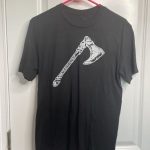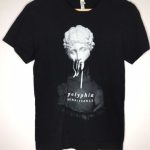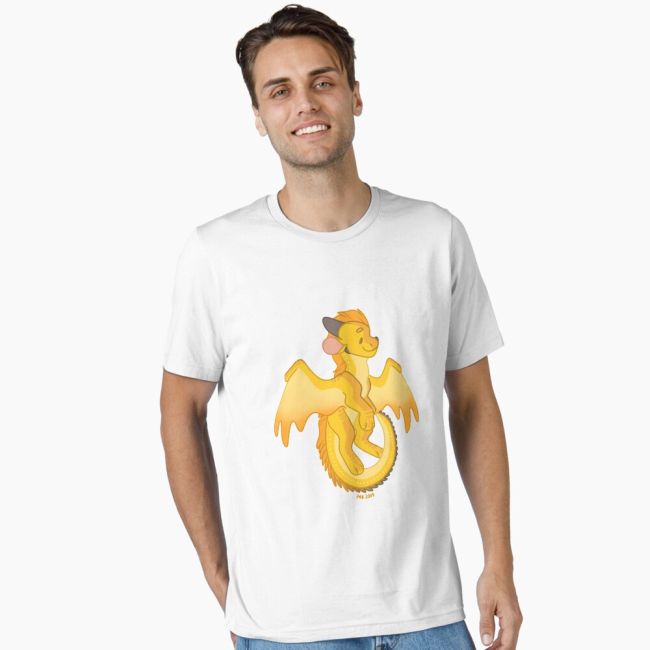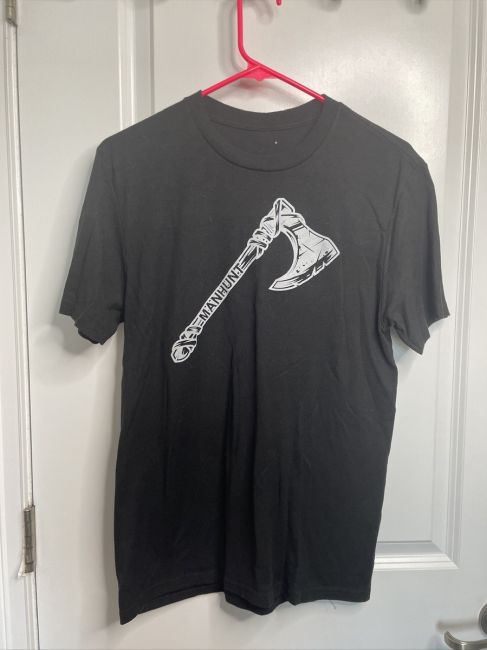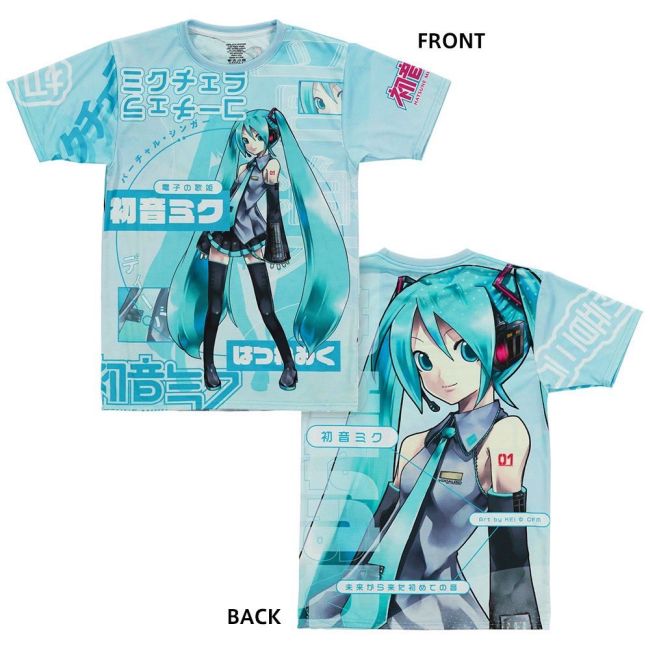Isabel Romero, a grandmother with long black hair, used to feel somewhat trapped in hers. “I was afraid of speaking because I was cooped up at home. I didn’t go out,” she says, explaining that like many Mam women, her days were dedicated to the hard work of running a household with little money, and she rarely spoke with other women. Residents of Los Romero live mainly from subsistence farming, growing maize, beans and squash, or grazing livestock. Almost 50% of the population is Indigenous in Guatemala, Central America’s biggest economy, but they do not share in its prosperity. Indigenous women in particular are discriminated against and dispossessed, with a life expectancy 13 years lower, and a maternal mortality rate two times higher, than the national average, according to the World Bank.
In Romero’s village and throughout the region, a community-based collective of women’s circles has been quietly improving Indigenous women’s lives, empowering them to find voices that have been suppressed through centuries of marginalisation. It was a long process, but Romero’s headaches and fear are now a thing of the past. These days she gets out to workshops, meetings and women’s circles. She shares her knowledge of weaving traditional textiles on a backstrap loom and has a leadership role in the women’s group she co- founded: Buena Semilla (Good Seed). The initiative emerged from Maya Mam women’s experiences, when French physician Anne Marie Chomat brought them together for interviews for her doctoral fieldwork in 2010- 2012.
During the 1960-1996 armed conflict between leftist guerrilla groups and the military, more than 200,000 people were killed, overwhelmingly Indigenous Maya civilians killed by the army. Another 45,000 were ‘disappeared’. A truth commission concluded that the state committed acts of genocide. Some places were targeted more than others, and the area of Santiago Atitlán, where 18 Buena Semilla circles operate and volcanoes tower over one of the country’s biggest lakes, was among them. The army massacred, tortured and forcibly disappeared local residents. Many women participating in the circles lost relatives and experienced violence first-hand, leaving lasting fear and anxiety, explains Dolores Quiejú, the Buena Semilla coordinator in the area, Few efforts have been made to quantify mental health disorders in the country, but the University of San Carlos, Guatemala’s public university, conducted a national mental health survey in 2009. It found close to a quarter of the adult population was dealing with a mental health disorder, and post-traumatic stress disorder was at the top of the list.
With the help of a grant, the project got going in 2013 and now more than 300 women in two municipalities participate every week or two in circles, each comprising roughly 10 to 25 women. Wearing traditional embroidered huipil blouses and hand-loomed skirts, the women gather, arriving on foot via the dirt roads that weave through the villages. During the circle, participants engage in breathing and movement exercises, discuss the nahual, the day’s name and energy according to one of the interlocking ancient Mayan calendars, and share their thoughts and experiences. The circles have helped women to cope with the traumatic legacy of the civil war and have improved mental health outcomes, according to research findings published in the academic journal BMC Women’s Health.
Buena Semilla is working to address the disparities in mental health services for Indigenous women in Guatemala by providing preventative mechanisms through participation and social organization. Women in the circles also support each other in cases of domestic violence, advocating for the women to make formal reports, leave, or seek psychological help. However, limited funding has posed challenges to the sustainability of the project, impacting the frequency of meetings. While reaching out to men is also important, the men’s circles have been paused due to funding constraints.
Despite these challenges, Buena Semilla continues to grow and impact the lives of Indigenous women, empowering them to find their voices and improve their mental well-being in the face of centuries of marginalization and systemic discrimination.




